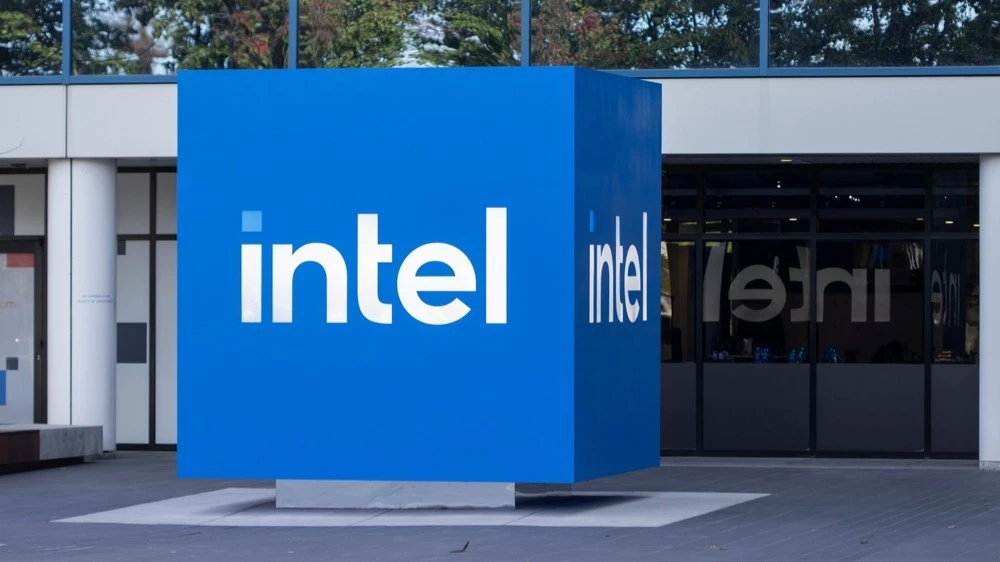'Burn tens of billions': Bernstein doubts U.S. government involvement will help Intel
The key, according to the analyst, remains the availability of orders, as without them the new Intel plant will not pay off

Analyst Bernstein believes that the possible purchase of a stake in Intel by the US government, reported by several media outlets at once, will not solve the company's key problems. According to him, Intel needs not so much money as a clear technological plan, and without a strategic vision, this deal may turn out to be a waste of "burning tens of billions of dollars". The analyst also drew attention to an important detail: it is still unclear what exactly Trump will demand from Intel in return.
Details
The purchase of Intel's stake by the U.S. government won't solve the company's fundamental problems, according to Bernstein analyst Stacey Rasgon. Sources Bloomberg and The Wall Street Journal reported on Thursday, August 14, that Donald Trump's administration is discussing a stake purchase with Intel to finance the lagging construction of a plant in Ohio - as part of a drive to create "national leaders" in strategic industries. And while investors took the news positively, Rasgon emphasized that he wasn't overly convinced by the story.
The analyst noted that the market seems to have renewed "hopeful bets" on Intel, with investors now waiting to see if Trump can "Make Intel Great Again." However, Ragson said the chipmaker needs a strategic vision rather than funding, and it's unclear how the government can help with that. So far, the company's current plan to launch five advanced manufacturing processes in four years is not going well, the analyst emphasized.
"Without a clear technological vision, this whole endeavor would be economically tantamount to simply burning tens of billions of dollars," Rasgon wrote, as quoted by CNBC. According to analyst Bernstein, Intel could certainly benefit from government support, especially since the company is already actively spending cachet and incurring large losses by expanding production. However, the key remains the availability of orders: without them, the new capacity will not pay off. Trump could directly push companies to buy Intel chips or exert indirect pressure through duties and regulation. If the Ohio plant is completed before there is a sufficient customer base, its profitability will be questionable, the analyst warns.
He also reminds: it remains unclear what exactly Trump expects to get from Intel in return. The US government has already agreed with chipmakers Nvidia and Advanced Micro Devices to receive 15% of their revenue from the sales of AI chips in China. And mining company MP Materials will contribute 30% of profits above a price floor to the Defense Department from rare-earth oxide sales - after the department bought a large stake in the manufacturer. "Let's see if Intel can get better terms out of him," Rasgon wrote.
What about the stock
In trading on August 15, Intel shares jumped 7.5% to $25.6. This became their maximum since March 18 and the second session of growth in a row - on August 14, after Bloomberg's report, the securities soared by the same amount. Intel's market value has now risen 25.5% since the start of 2025. For comparison: the main U.S. stock index S&P 500 for the same period added about10%.
Bernstein's target price for Intel stock is $21, which implies a 12% drop from the closing level of August 14. In addition, the company rates Intel shares at Market Perform - equivalent to the advice to "hold" previously purchased securities in the portfolio.
In general, the vast majority of analysts who assigned ratings to Intel securities - 38 out of 44 - have the same neutral stance. Four more advise to sell and only two - to buy. Wall Street's average target of $22 implies an 8% drop in the company's quotes.
This article was AI-translated and verified by a human editor
